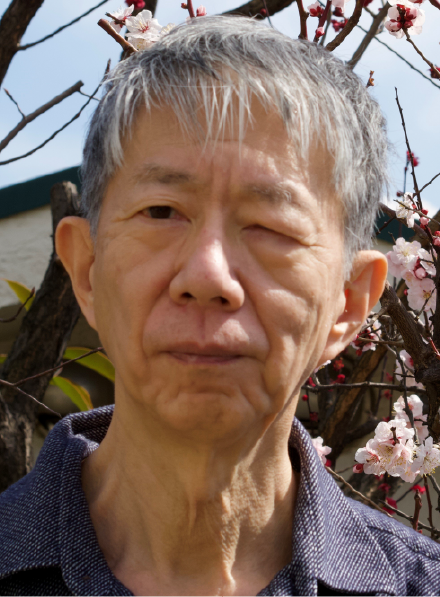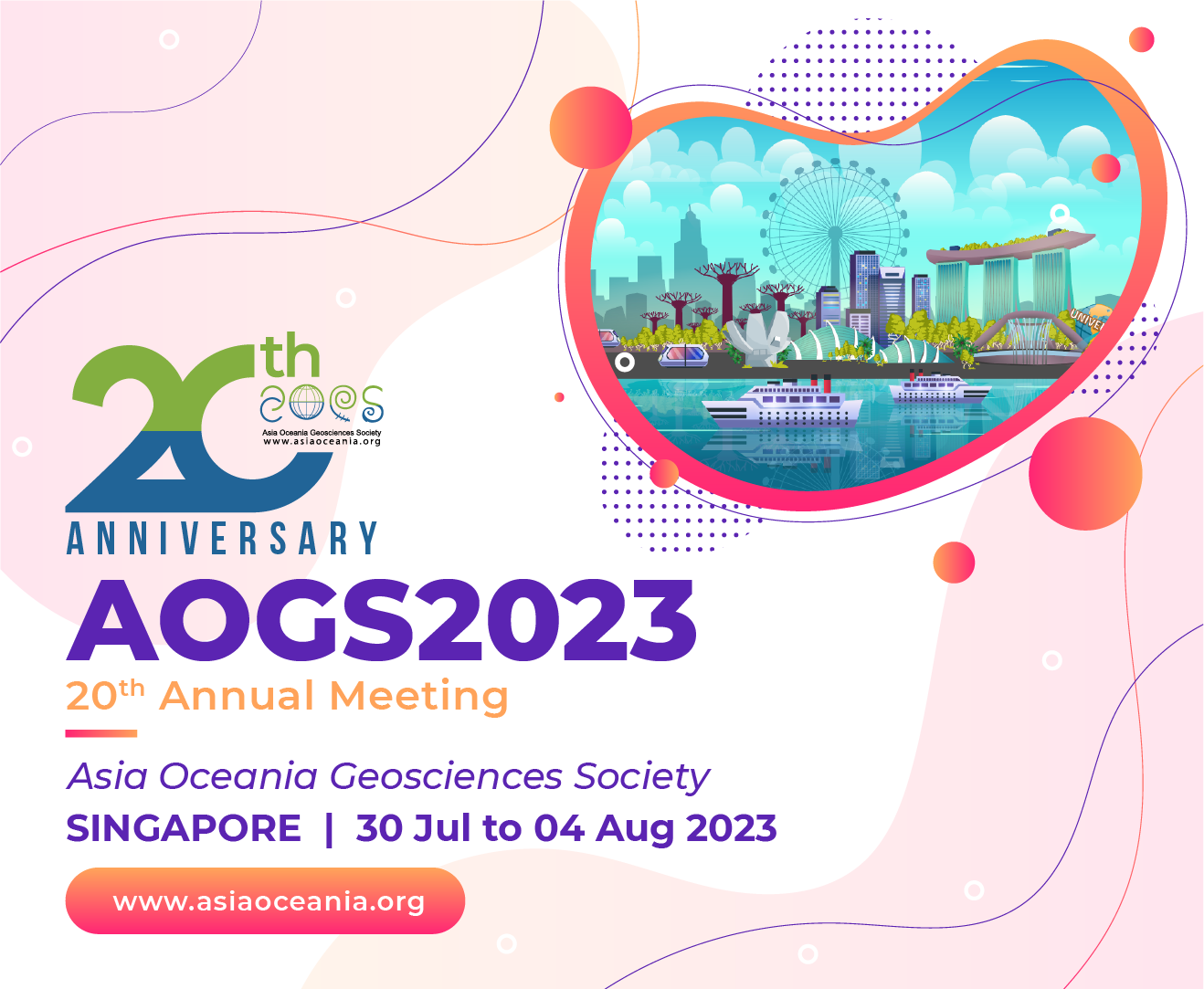

Masato NAKAMURA
Japan Aerospace Exploration Agency
- 1987 Research fellow at Max-Planck-Institut fuer Physik und Astrophysik, Institut fuer extraterrestrische Physik
- 1990 Research assistant at ISAS
- 1993 Associate professor at the University of Tokyo
- 2002 Professor at ISAS
At ISAS as a research assistant, he was involved in precise electric field measurements using TOF of artificially ejected charged particle at ISAS. This used the fact that the TOF of a charged particle circling a magnetic field increases or decreases in proportion to the electric field perpendicular to the magnetic field to determine the absolute value of the magnetic field and the electric field. The principle of this technique was successfully verified by S-520-9 sounding rocket. Later he led the EUV imaging of the plasmasphere at the University of Tokyo. The XUV on board the Nozomi spacecraft imaged the Earth's plasmasphere in 1998 prior to NASA’s IMAGE satellite. He is currently leading the Venus Explorer AKATSUKI project launched in May 2010. He was deeply involved in the design of the spacecraft and instrumentation. The spacecraft was supposed to enter Venus orbit in December of the same year, but failed to do so due to a propulsion system failure, and later on an another attempt on 7 December 2015, AKATSUKI was inserted into Venus orbit. Over the next seven years, the AKATSUKI project approached the dynamics of the Venusian atmosphere and, in particular, provided an answer to the biggest question of all - the maintenance mechanism of super-rotation.
Axford Lecture | 04 August (Fri) 3:30 PM – 4:30 PM | Level 3 Summit 1
The Beginning of Venus Climate Orbiter AKATSUKI
Abstract: Japanese Venus Climate Orbiter AKATSUKI has been orbiting Venus since December 2015 and has been exploring the dynamics of the Venusian atmosphere to date. It is the first Japanese spacecraft to orbit a gravitational celestial body in deep space. The original plan was to begin observations in 2007, but several factors delayed the project to this point. However, the spacecraft, which was designed in 1999 to reveal the dynamics of Venus's atmosphere, has been successfully doing its job since its insertion into Venus’s orbit.
There were many difficulties when we launch the project in 1999. There was no group in Japan dedicated to empirically elucidating planetary meteorology, so we had to start by digging up the science. The idea of capturing the Venusian atmosphere motion by tracing clouds and/or gases was brilliant, but we had to start from nothing to develop the camera that would take the images, and the members who would develop the camera were individually scouted. Efforts were also needed to find a manufacturer that could take charge of designing the lenses, detectors, structure, and circuitry of the scientific instruments. With my desire to root the project as a uniquely Japanese technology rather than relying on foreign technology, the plan was carried out using only Japanese personnel and technology for all the science instruments except for the ultra-stable oscillator for radio science, which was made in Germany and identical one on Venus Express.
The observation instruments initially consisted of five cameras and a set of plasma observation package. This plasma observation package was prepared for further study of the interaction between the Venus ionosphere and the solar wind, which was previously studied by Pioneer Venus, but unfortunately, due to spacecraft weight limitations, it was not carried on board. The development of the cameras started with no experience. They are 1-µ and 2-µ band cameras (IR1 & IR2) to capture images of the lower clouds, an ultraviolet imager (UVI) and a mid-infrared camera (LIR) to obtain information on cloud tops, and a lightning and airglow camera (LAC) was a high-speed camera detect the lightning, which has been the subject of ongoing debate.
During the development phase, the ISAS M-V rocket, which was prepared for the launch of AKATSUKI, was terminated, and the design of the spacecraft was drastically changed by switching to the H2A rocket. The first Venus orbit insertion on December 7th, 2010, failed due to a propulsion system malfunction. However, on December 7th, 2015, by utilizing an attitude control propulsion system to supplement the broken main propulsion system, the spacecraft was able to enter Venus’s orbit, though in a larger elliptical orbit than originally planned. The degradation of image resolution of the cameras due to the farther apogee was compensated for by improvements in data processing methods, and AKATSUKI is making a significant contribution to understanding the dynamics of the Venusian atmosphere. The observation revealed the maintenance mechanism of super rotation, which had been not understood for many years.
The environment surrounding Venus research has changed dramatically over the past 20 years. Ground-based observations have become more frequent, computer modeling has improved in accuracy, and data assimilation has become possible by comparing modeling data with wind speed data from Venus Express and AKATSUKI. ESA will send one, and NASA will send two probes to Venus late 2020’s. I hear China, Russia, and India will send Venus probes, too. The Venus exploration pioneered by Venus Express and AKATSUKI is about to blossom.
